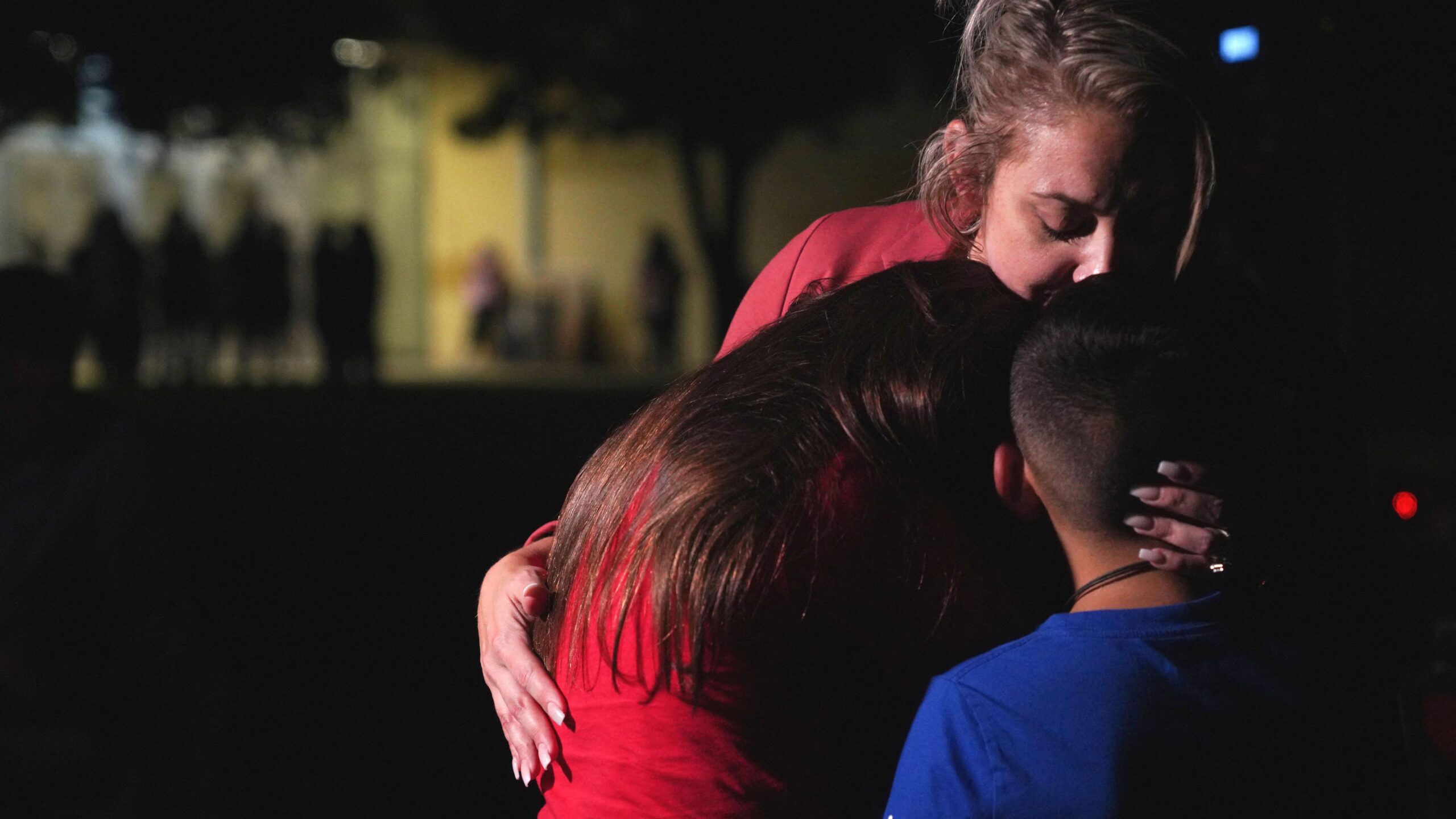
In this article
As parents, we struggle with how to share scary information with our children. We don't want to create anxiety, but we don't want to ignore the facts of life either. If we don't tell them, maybe someone else will. Maybe another child at school. Or a teacher. Or maybe they will catch a glimpse on one of the zillions of screens surrounding them, because smartphones, iPads, laptops, desktops and televisions are everywhere. If you need some ideas on how to talk about tragedy with your children, read on.
Should you tell your kids?
It is a very personal decision whether you choose to share information about any given tragedy with your children. There isn't a right or a wrong answer here, because the answer depends upon a whole constellation of factors:
- How old are your kids?
- Do you have a mechanism for talking about things like this in your family?
- Have your children experienced tragedy in their own lives?
- How fearful are your kids?
- Are they anxious, or are they able to absorb information without being paralyzed by fear?
Each parent knows best for their child, and if you have multiple children, the answers might be different among them.
What to consider when talking to your kids about traumatic events
We have awoken to disasters before — natural, human made, accidental and terrorist-induced — and, sadly, we will wake to them again in the future. What you say to your kids and how you say it will evolve as they get older. The one thing that will never change is the acknowledgement of sadness.
How much to tell
If you do choose to share, my best piece of advice is to gauge how much to tell your child. Kids will often ask broad questions, so help narrow them down. "Why did this happen?" is a huge question. Instead, ask your children what they mean by that. They might be asking about the state of the world, they might be asking about mental illness or they might be asking about safety within their own home.
What your child is really asking
In fact, if you ever feel overwhelmed by one of your kid's questions, stop and say, "That is a really interesting question. What makes you ask?" because this will help clarify what your child is after. It also helps minimize anxiety, because sometimes — maybe even oftentimes — we think we know what our children are asking and we give an answer that offers way too much information, introducing notions they had never even considered.
The choice to not talk about it
And what if you choose not to talk about it with your kids? That might be the right answer in some families — especially ones with very young children. But if this is your choice, remember that you cannot control all of the other information sources surrounding your child. This includes the news that is airing on the screen inside your own home.
"What’s important, especially for the littles, is being aware that somebody is going to say something to them because they live out in the world — be it another kid, be it an older sibling," social worker Michelle Palmer told The Atlantic.
Resources: books about tragedy, and how they can feel safe
Again, you know your children better than anyone else, so make sure you’re monitoring their distress and emotions. If your kid is having a really difficult time or requires additional assistance, ask for help. It can be as easy as reading a few articles, watching helpful videos, or reaching out to a mental health professional who specializes in children.
Books, sites, activities, and videos about traumatic events and processing them can also be a good tool to aid in your discussions with your children. Here are a few you may find worthwhile:
Children
- Sesame Street in Communities features many of your children’s favorite Sesame Street Muppets. The site provides videos, online storybooks, activity sheets, and other activities engineered to help kids cope with tragedy (from injuries to major events).
- A Terrible Thing Happened is a picture book by Margaret Holmes and Sasha Mudlaff and illustrated by Cary Pillo. It gently tells a story for kids who have witnessed or experienced any sort of violence, trauma, or natural disaster, and includes an afterword to help caregivers.
- The Breaking News is a storytime read-aloud by author/Illustrator Sarah Lynne Reul of her picture book that talks about what happens when something bad happens in a little girl’s community.
- Learning for Justice is an organization that provides a lot of activities and age appropriate tasks for children who want to make the world a better place in the wake of tragedy, empowering them to take action in their communities
- Guided Relaxation Meditation Scripts for Children is perfect for kids who are having a difficult time relaxing or calming themselves down. This site offers many scripts for multiple kinds of topics and situations parents can use.
- Feelings Thermometer is a tool that can help kids (and parents, too) take stock of how they’re doing emotionally, providing steps to help them shift their moods.
Adults
- SAMHSA’s Disaster Distress Helpline is available 24/7/365. They provide crisis counseling and support to people experiencing emotional distress related to natural or human-caused (such as mass violence) disasters. If you are having thoughts of self-harm or suicide, or thoughts of harming others, please call or text at 1-800-985-5990
- What Happened to My World?* is a free, downloadable book first created after 9/11 and teaches you how to help your child feel safe after a traumatic event.
- Talking to Children About Violence: Tips for Parents and Teachers is a quick article from the National Association of School Psychologists on how to talk to kids about violence.





